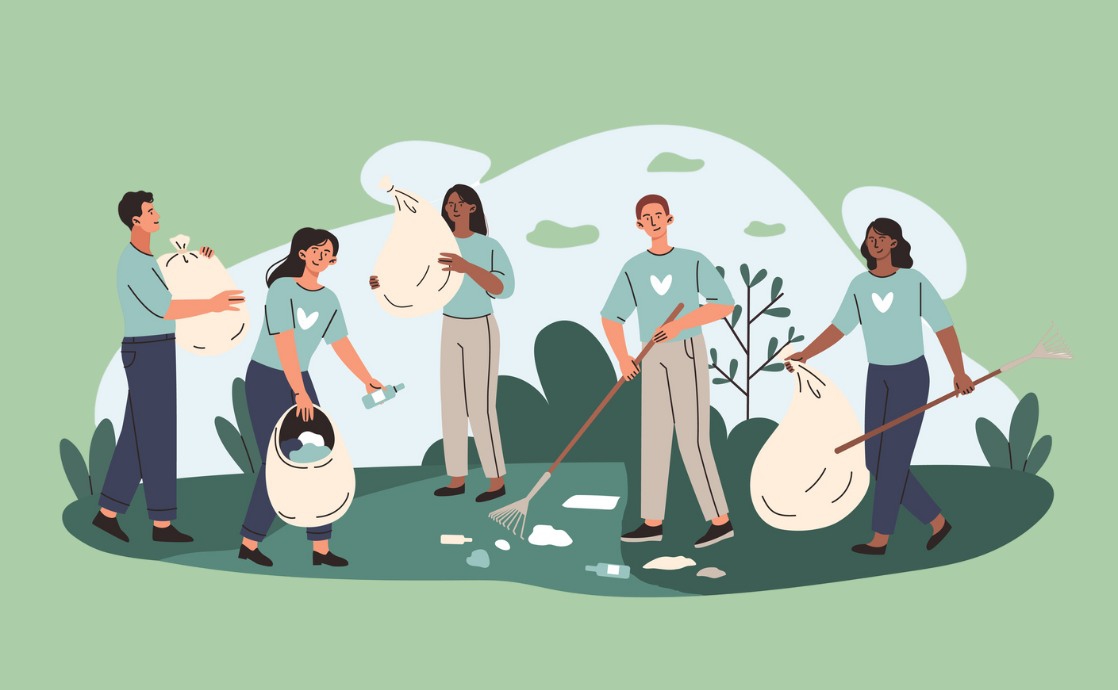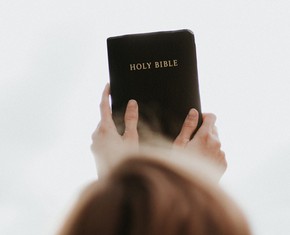The views expressed in our content reflect individual perspectives and do not represent the authoritative views of the Baha'i Faith.
Baha’is all around the globe recently celebrated four Baha’i Intercalary Days, also called “Ayyam-i-Ha,” and many dedicated some of the time during those days to serving others.
In act, we’ve entered a season of Baha’i Holy Days — the New Year celebration, called Naw-Ruz and celebrated on the vernal equinox, and the upcoming 12 days of Ridvan, the holiest days of the Baha’i year, when the world observes the beginnings of Baha’u’llah’s revelation.
On those holy days, however, Baha’is don’t just celebrate — we also dedicate them to serving humanity.
RELATED: How Small Acts of Kindness Can Impact Others
Service, freely and charitably offered, is one of the hallmarks of the Baha’i Faith, as Abdu’l-Baha declared in a speech he gave in New York City in 1912:
All humanity must obtain a livelihood by sweat of the brow and bodily exertion, at the same time seeking to lift the burden of others, striving to be the source of comfort to souls and facilitating the means of living. This in itself is devotion to God. Baha’u’llah has thereby encouraged action and stimulated service.
Mostly, we in the global West typically have come to think of holidays as times of celebration, worship, reflection, and gift-giving, but not as times that encourage charitable service to humanity. The Baha’i Intercalary Days, as just one example, combine all of those elements: feasting, rejoicing, the giving of gifts, and charity to others.
My family and I have celebrated Ayyam-i-Ha for years now — it’s a special, joyous time for all of us. For some unknown reason, though, I’ve begun to associate camels with Intercalary Days.
What do camels have to do with Ayyam-i-Ha? Good question! I have amassed an Ayyam-i-Ha camel collection numbering more than 30, mostly plush, a few ceramics, and one made with paper mache.
I really have no idea what sparked the obsession other than being inspired by a Baha’i children’s book titled “The Ayyam-i-Ha Camel.”
My first camel, purchased from a long-since-gone toy store in Atlanta, Georgia, is named Abdu’l, and he will always be my favorite. I put longer eyelashes on him since camels have the most beautiful, feathery ones and he had none at all. He is also decked out with tassels, tiny bells, and an al-safaif, the decorative rug that hangs down from a camel’s saddle. Abdu’l takes pride of place in our home each February during Ayyam-i-Ha and all throughout the Baha’i Fast in March.
The name Abdu’l, of course, means “servant.” Since Baha’is see themselves as servants of humanity, the name seemed appropriate for an Ayyam-i-Ha representative. If Santa Claus represents generosity, then I suppose Abdu’l the camel can stand for charity and service.
After I acquired my stuffed camel Abdu’l, I must confess, I went down the internet rabbit hole and started searching for more plush camels. Oh, my! So many camels of all different sizes and levels of cuteness. Our collection grew. Nor was any camel in a toy store safe from my reach. I even found one in Haifa, Israel, during our family’s pilgrimage to the Baha’i holy places there.
Those camels came home with me, and the caravan grew. I gave all of them Persian names for human virtues and made tags showing their names in Farsi script, its phonetic spelling, and the English translation. There is no website I know of that will give you the phonetic spelling of a word in Farsi, so I had to pester my Persian Baha’i friends constantly to find out. Sorry, dear ones, for bugging you so many times, but know that I am grateful to each of you.
Eventually, I shared photos of my camel caravanserai on Facebook, which may have confused folks who wondered what camels have to do with Ayyam-i-Ha.
I honestly thought camels were used as pack animals that accompanied Baha’u’llah’s family in his four successive exiles, brought about because of the persecution that his new Faith engendered. When someone asked me to cite a reference, I did a deep dive into the Baha’i writings and articles on the Baha’i Faith — where I discovered that horses and mules were the only pack animals used in the travels of Baha’u’llah, the prophet and founder of the Baha’i Faith. No camels.
RELATED: Happy Ayyám-i-Há: Days of Gifts, Gatherings and Service
Happily, I did find an accounting of a request by Abdu’l-Baha, the son and successor of Baha’u’llah, for camels to be put into service carrying food to residents of the Haifa area in Palestine during the naval blockade and dire food shortage in World War I. A passage from the Baha’i World News Service in an article titled “Remembering ‘Abdu’l-Baha’s Call for Unity,” a century after World I, states:
After the war broke out and food supplies became scarce, [Abdu’l-Baha] ensured that wheat would be distributed throughout the region. In July 1917, for example, He visited one farm in Adasiyyih, in present-day Jordan, for 15 days during the wheat and barley harvest. He had the surplus carried by camel to the famine-stricken Akka-Haifa area.
So, what do camels have to do with Ayyam-i-Ha?
I think camels are magnificent symbols of service. Even though no camels were with Baha’u’llah during his exiles, Abdu’l-Baha employed them in his selfless acts of service to a starving populace. Camels are patient, hard-working, trustworthy creatures who work for humankind.
What could be better than such a symbolic story of service for Ayyam-i-Ha? That is exactly what Baha’is are called to do and what Ayyam-i-Ha is truly all about.
















Comments
Sign in or create an account
Continue with Googleor